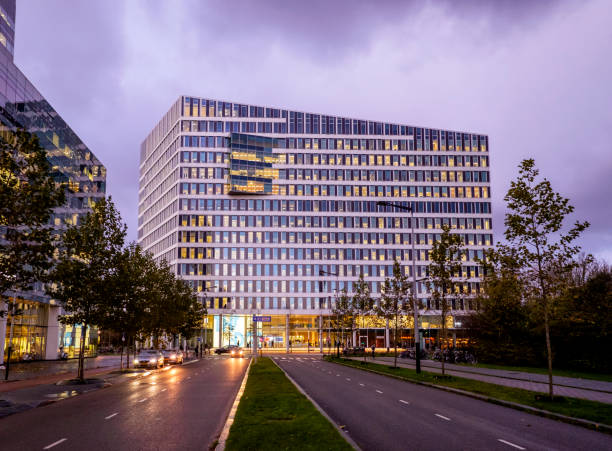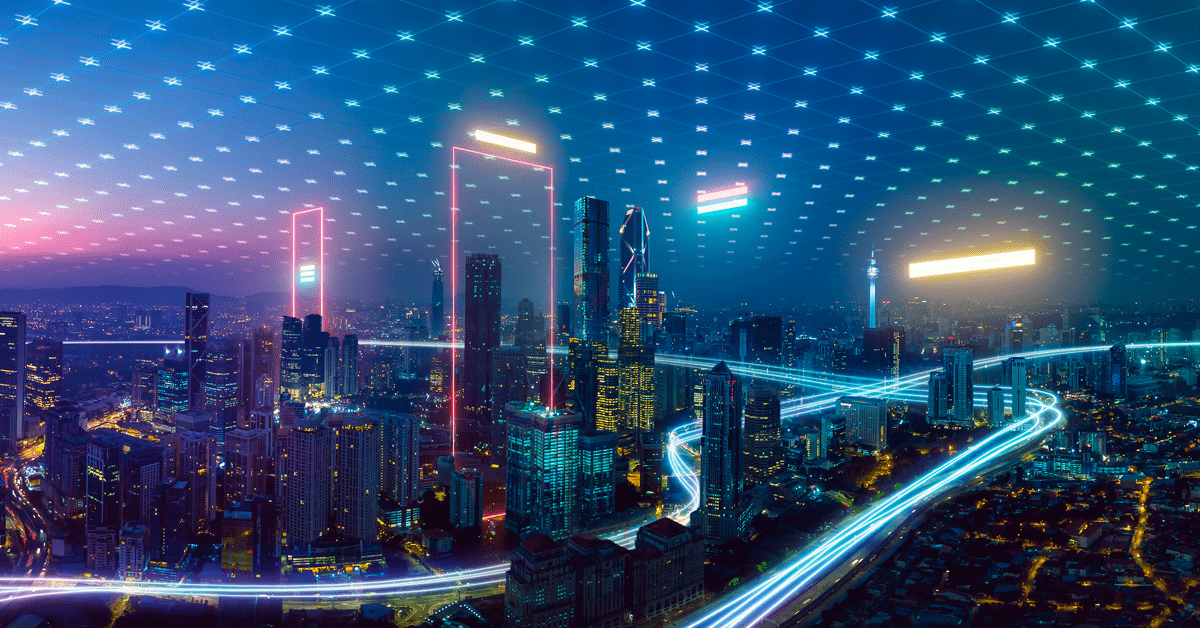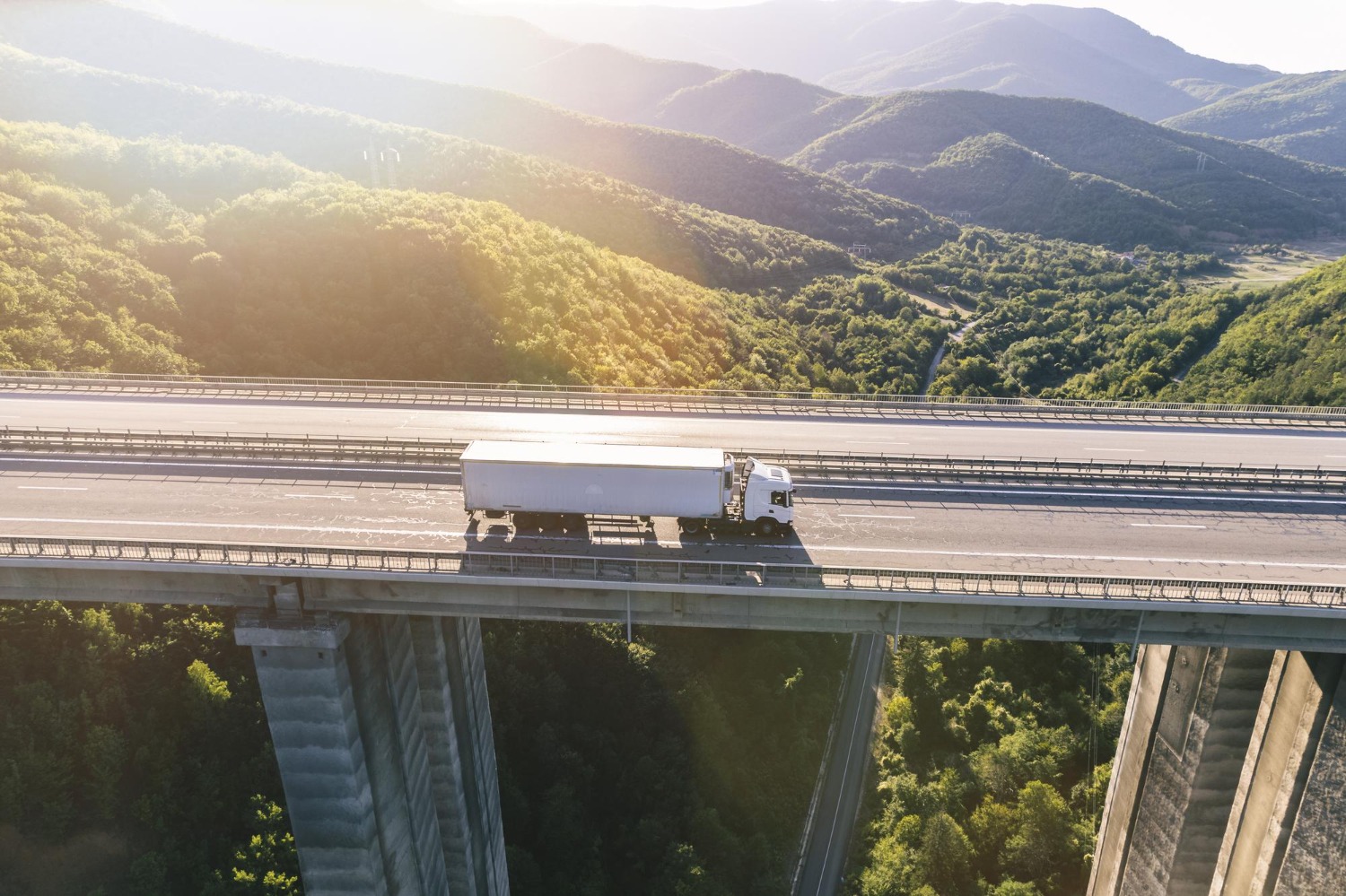
Book a demo
Ça va sans dire: there is no civilisation since the beginning of time that has not chased after fresh water and tried to control, manage and purify it as a primary commodity necessary for life.
All the great cities were founded on the banks of great rivers or diverted their course to their own advantage with dams and technical infrastructures, often of fine workmanship, given the importance that the commodity had and still has today.
Dams, aqueducts, reservoirs, purifiers: the higher the quality of these infrastructures, the better the quality of the water available and, consequently, the lives of citizens. Centuries ago, the availability of a resource such as water, which was considered "infinite" and always available, was not an issue. Today, however, we are at a turning point, and man's next actions with regard to the commodity of commodities will be fundamental for future supply.
Fresh water is, in fact, an extremely valuable commodity, if we take on board the economic assumption that the value of a commodity is determined by its scarcity, and today this is becoming increasingly scarce.
More than two billion people currently live in water-stressed areas and some 3.4 billion people - 45% of the world's population - lack access to safely managed sanitation. Not only that, the global water deficit will reach 40% by 2030.
How can we intervene? There are four assets that need to be benchmarked and acted upon to ensure a future of sufficient water supply for the world's population:
Global freshwater use has increased six-fold in the last 100 years and continues to grow at a rate of about 1% per year since the 1980s (AQUASTAT, s.d.), mainly in most emerging economies, as well as in low- and middle-income countries (Ritchie and Roser, 2018). What are the main factors influencing the current growth in water demand?
Added to this is agriculture, which includes activities such as irrigation, livestock water abstraction and aquaculture, responsible for 69% of global water withdrawals. This ratio can reach 95% in some developing countries (FAO, 2011a). Industry (including electricity and energy generation), on the other hand, is responsible for 19%, while municipalities are responsible for the remaining 12%.
However, most authors agree that water use for agriculture will face increasing competition in terms of demand from industry and energy sectors, but also from municipal and domestic uses, mainly as a function of industrial development and improved coverage of water and sanitation services in developing countries and emerging economies (OECD, 2012; Burek et al., 2016; IEA, 2016).
Water stress affects many parts of the world and is defined as a temporary or prolonged condition of lack of water, usually lacking at ground level. It is often a seasonal or annual phenomenon and it is estimated that around four billion people live in areas experiencing severe physical water scarcity for at least one month per year (Mekonnen and Hoekstra, 2016).
According to the World Resources Institute (WRI) report, which measured water demand and availability in 167 states, the water emergency will be one of the most serious problems affecting our planet, not only in poor areas but also in more developed countries.
By 2040 as many as 33 countries will have to deal with "extreme" water stress: about 14 of these are in the Middle East alone, with serious risks of political instability, but the scarcity of water resources, the researchers point out, will also be felt in other parts of the world, including some Italian and Balkan areas.
Due to a lack of monitoring and reporting capacity, especially in many of the least developed countries, data on global water quality remain scarce.
However, water quality has deteriorated due to pollution in almost all major rivers in Africa, Latin America and Asia and, globally, it is estimated that 80% of all industrial and urban wastewater is released into the environment without any prior treatment, with harmful effects on human health and ecosystems. As is already known, less developed countries correspond to a higher percentage ratio and severely deficient wastewater treatment facilities (WWAP, 2017). Poor management of agricultural runoff is also considered to be one of the most widespread water quality-related issues globally (OECD, 2017a).
The quality of water for society is determined by the quality and 'health' of the water infrastructure used to capture, store or transport it. To confirm the opening of this article, socio-economic development is in fact rather limited in those countries that do not have sufficient infrastructure to manage water.
There is also a large segment of the population (about 1.6 billion people) that has physical availability of water but faces "economic" water scarcity: the water is there but the infrastructure to access it is lacking (Comprehensive Assessment of Water Management in Agriculture, 2007). It is therefore estimated that by 2030, investment in water supply and sanitation infrastructure will need to be around USD 900-1.5 trillion per year, about 20% of the total requirement for all types of infrastructure investment (OECD, 2017b). About 70 per cent of total infrastructure investment will be in the global South, with a large share in increasingly developing urban areas (GCEC, 2016). In developed countries, large investments will be needed for renovation and upgrading.
The solution lies in the transition to a model of a circulatory economy in the use of water resources. The solution lies in the transition to a carbon-neutral model of water use and the implementation of sustainable and predictive technology solutions for monitoring system leakage, the Achilles heel of water infrastructure.
Sensoworks provides a dedicated solution for water leaks from so-called primary pipelines, i.e. those public pipelines that bring water to neighbourhoods and deliver it to homes.
The platform identifies the leak by means of a series of sensors located on the outside of the pipes (the non-watertight part), which pick up vibrations and sounds and are able to identify the different statuses of the pipe, signalling anomalies and allowing immediate intervention. It also collects real time data which, aggregated and processed, provides a predictive data set that is fundamental for planning the right maintenance and avoiding costly last minute interventions that do not resolve problems in the long term.
We will talk about this in the next article on the Sensoworks blog. In the meantime, if you want a complete overview of the concept of WATER INFRASTRUCTURE 4.0 you can download our Whitepaper by clicking here!


